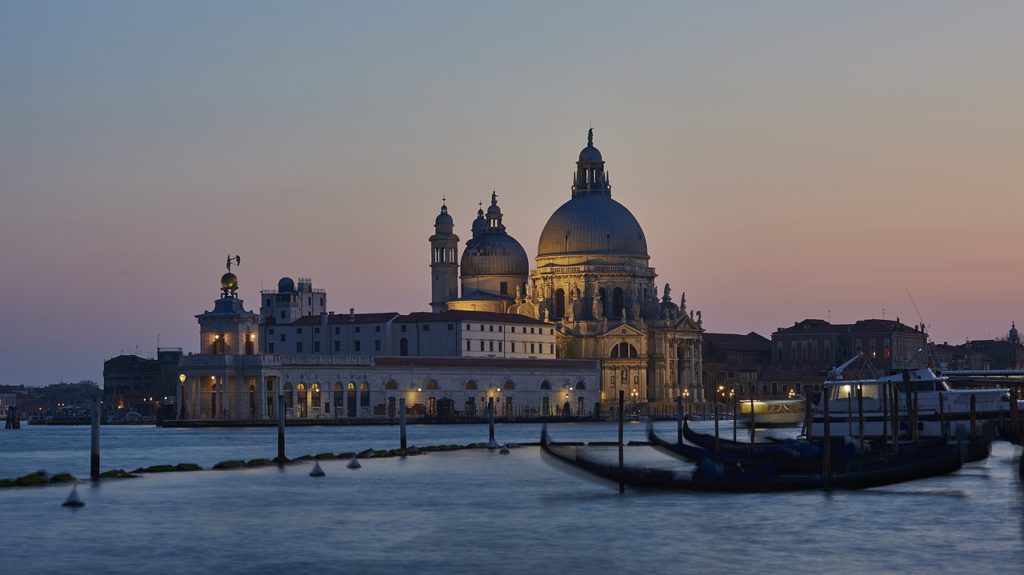Italy; A Wine Guide
Italy is globally recognised as one of the leading wine countries in the entire world. When you think of the sprawling vineyards of Tuscany, or Piedmont’s northern hills, you can’t help but think of the wonderful and rich wine culture so famous in Italy. Whether you are wondering about Barolo or dreaming of a Chianti Classico, you can explore by Italian wine region below…
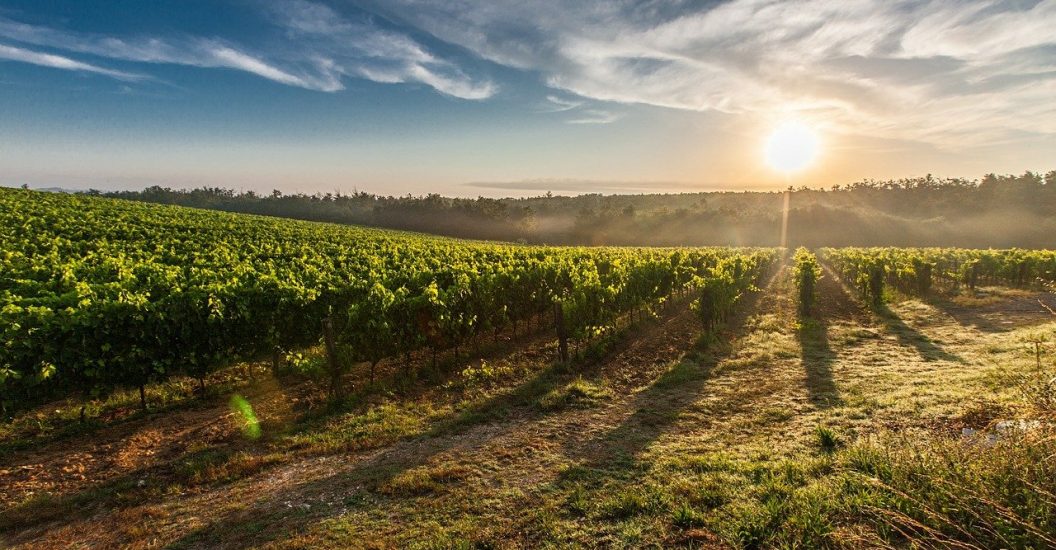
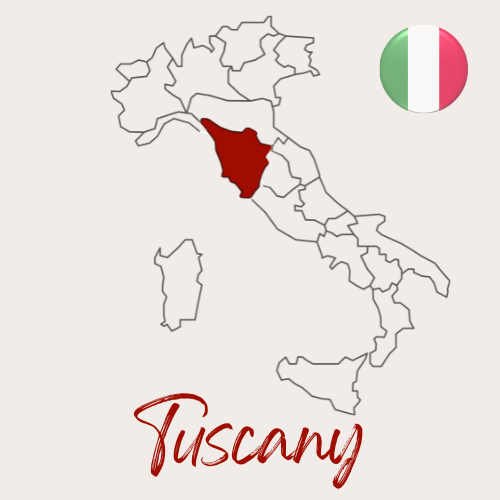

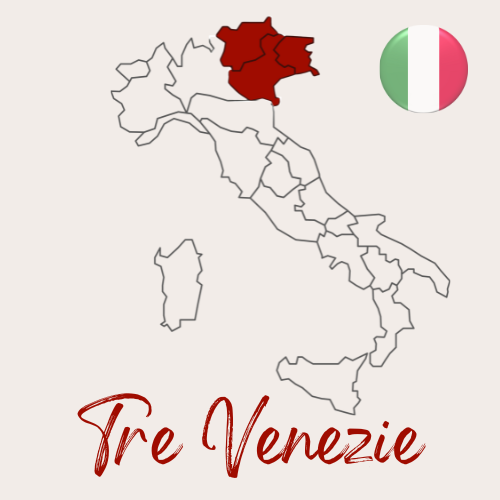
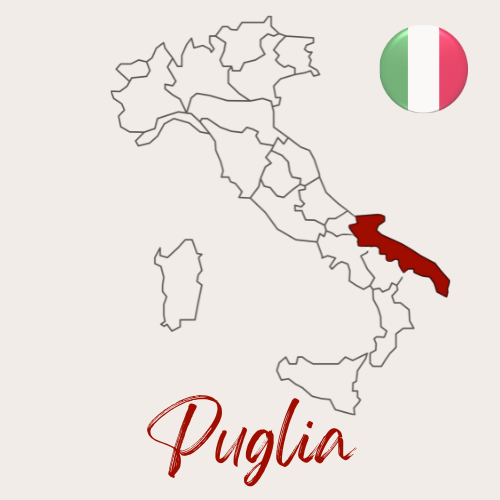
So why is Italian wine so famous?
When you think of Italy, you think of two key things; Italian food and Italian wine! For centuries, Italians have been perfecting the art of winemaking. Near enough every corner of Italy grows wine and has more than 350 official Italian grape varieties. Italy makes not only fantastic wines from its own varieties, but excellent wines from international grapes too!
What is a 'Super Tuscan'?
A ‘Super Tuscan’ wine is a description for Italian wines made from non-indigenous grapes, such as Cabernet Sauvignon and Merlot. Some of Italy’s most expensive and well-known wines are Super Tuscans – for example, Tignanello, Sassicaia and Ornellaia.
The concept of the Super Tuscan emerged in the late 1960s when Italian winemakers wanted to experiment with making wines that weren’t restricted to a few regional grapes. They wanted to try blending with new, often French, grape varietals with Sangiovese. However, Italian law meant that these wines would still be classified as Vino de Tavola (‘table wine’). (The most basic Italian wine classification.)
In 1971, the famous Italian wine making family and producers, Antinori, released Tignanello, a blend between Cabernet Sauvignon and Sangiovese. The wines were adored by critics, despite being classified as Vino de Tavola and they went above and beyond their Chianti producing peers. As a result, the term Super Tuscan emerged for wines from Tuscany that were blended with non-indigenous, often French, grapes. Today, Super Tuscans are some of the most revered wines in Italy, with the price tag to match.
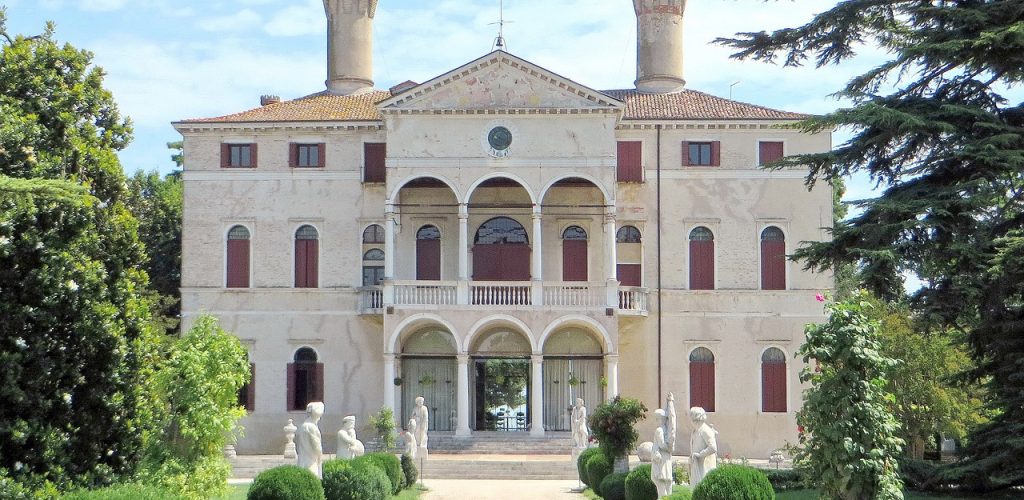
The History of Italian Wine
Italian wine has a long and rich history that can be traced as far back as 800 BC. When the Greeks began to wine production in earnest in Sicily and Southern Italy. Around 200 BC, following the Roman’s defeat of the Carthaginians, Italian wine really took off. The Carthaginians were well-known and accomplished winemakers. The Romans leveraged this knowledge, keeping the Carthaginians as slaves to increase production and quality.
Later on, as viticulture was banned throughout the rest of Europe under Roman Law. Italian wine was exported in exchange for slaves, especially from Gaul (France). As the ban on viticulture was lifted, vineyards across Europe grew, as well as vineyards within Italy itself. Italy suffered from the same fate as the rest of Europe in the mid 19th century when Phylloxera destroyed swathes of Italian vineyards.
Today, Italy vies with France for the largest producing country year on year. It produces wines of all qualities, and its rolling vineyards have become icons for all oenophiles and tourists alike.
Where in Italy is wine grown?
Wine is grown nearly everywhere in Italy, which is why it can be one of the most complex wine countries to learn well. Italy, as well as having a myriad of regional grapes, such as Montepulciano and Sangiovese. It also has several wine making practices that it’s known for, such as Appasimento (the process of drying grapes before fermentation).
While there are several well-known Italian winemaking regions, such as Tuscany and Piedmont. Nearly all of Italy has the capacity to make incredible wines.
